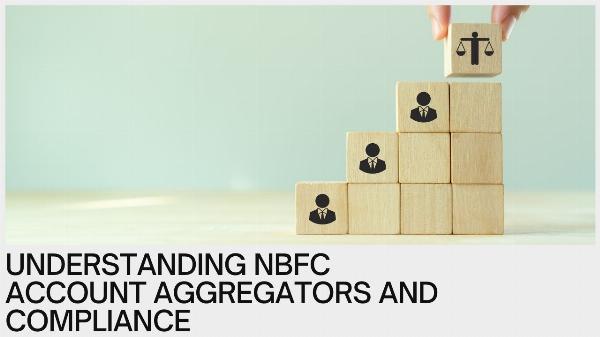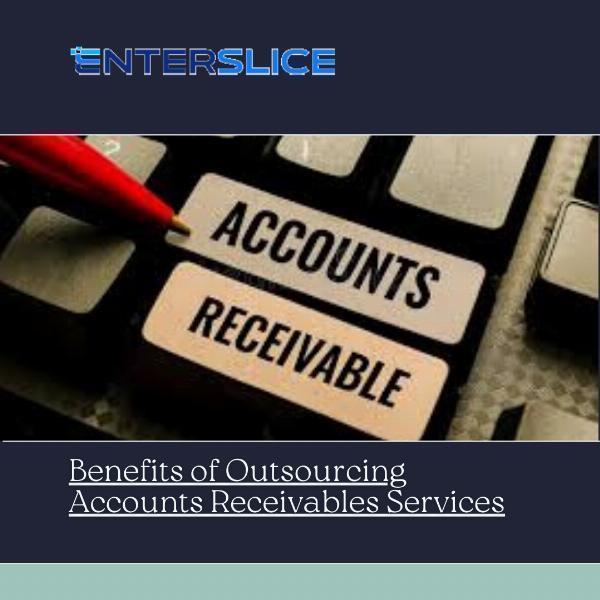Understanding the Role of NBFC Account Aggregators and the Importance of Annual Compliance

Non-Banking Financial Companies (NBFCs) play a critical role in providing diverse financial services. One of the most significant developments in this space is the introduction of Account Aggregators (AAs). These AAs are licensed entities that simplify financial data sharing between institutions with customer consent, allowing smoother access to credit and financial products. Alongside this, adhering to NBFC Compliance checklist is vital for maintaining operational efficiency and regulatory adherence.
Let’s explore how Account Aggregators function within the NBFC ecosystem and why annual compliance is a cornerstone of success.
What Is an Account Aggregator NBFC?
An Account Aggregator NBFC acts as a bridge between financial institutions, facilitating the safe and seamless sharing of financial data. They aggregate information from various financial sources like banks, insurance companies, and investment platforms, allowing users to view and share their financial data in one place.
For instance, if a customer needs to apply for a loan, the AA will pull data from multiple accounts (with the customer’s consent), providing the lender with a complete financial profile. This reduces paperwork and speeds up the lending process, benefiting both customers and financial institutions.
How Account Aggregators Benefit NBFCs
Enhanced Customer Insights: By consolidating financial data, NBFCs can get a clear picture of their customers' creditworthiness. This helps them make informed lending decisions, reducing the risk of defaults.
Streamlined Operations: AAs eliminate the need for manual data collection, which saves time and resources for NBFCs. With instant access to customer data, processes such as loan approval and financial planning are significantly faster.
Improved Customer Experience: Customers no longer have to manually provide documents or statements. The AA system provides a quick, digital, and secure way for customers to share their information, improving user satisfaction.
Cost Efficiency: By using an AA, NBFCs can reduce operational costs related to paperwork and data verification. The automation of these processes leads to faster decision-making and lower administrative costs.
Why NBFC Annual Compliance Is Crucial
While AAs help NBFCs improve operations, NBFC Annual Compliance ensures that they continue operating within the legal framework and meet regulatory standards set by the Reserve Bank of India (RBI). Annual compliance includes a range of reporting and filings that NBFCs must complete to stay compliant with RBI guidelines.
Key Aspects of NBFC Annual Compliance
Financial Statements: NBFCs are required to submit their audited financial statements annually. These reports offer transparency regarding the financial health of the company, which is essential for investors and regulators alike.
Regulatory Filings: NBFCs must file specific forms with the RBI, such as annual returns, KYC compliance reports, and statutory audits. These filings ensure that the NBFC is following proper protocols and staying within the bounds of the law.
Adherence to CRAR Norms: Maintaining the required Capital to Risk Assets Ratio (CRAR) is crucial for NBFCs. A healthy CRAR for NBFC ensures that the NBFC has enough capital to cover potential risks and remain financially stable.
Board Meetings and Governance: NBFCs are also expected to conduct regular board meetings and comply with governance standards. This helps ensure that decisions are made ethically and responsibly.
The Link Between Account Aggregators and Annual Compliance
While Account Aggregator NBFCs offer enhanced operational capabilities, it's essential for NBFCs using AAs to remain compliant with annual reporting requirements. Ensuring transparency and data protection is critical when handling large amounts of sensitive customer information.
Additionally, NBFCs leveraging AAs must adhere to Data Privacy Regulations outlined by the RBI, ensuring that all financial data is handled securely and in compliance with customer consent protocols.
Conclusion
The rise of Account Aggregators in NBFCs is transforming the way financial data is shared and utilized, offering significant benefits in terms of efficiency, customer experience, and cost reduction. However, this technological innovation must be paired with strict adherence to NBFC Annual Compliance regulations to ensure long-term stability and trust in the sector.
For NBFCs, a focus on both operational innovation through Account Aggregators and maintaining regulatory compliance is essential for sustained success in the competitive financial landscape. By combining these two crucial aspects, NBFCs can provide top-notch financial services while ensuring a solid foundation for future growth.
Note: IndiBlogHub features both user-submitted and editorial content. We do not verify third-party contributions. Read our Disclaimer and Privacy Policyfor details.





